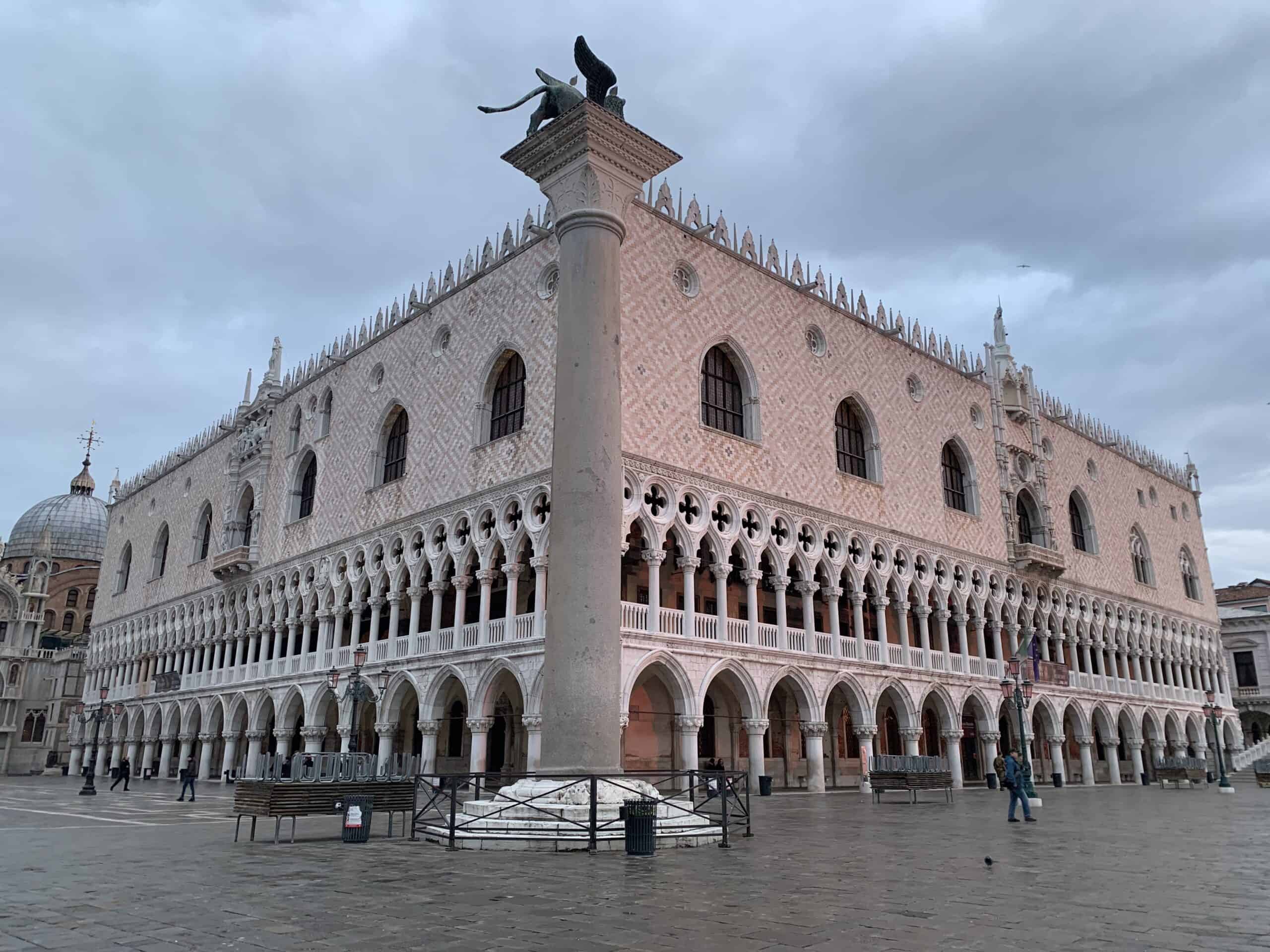
The Doge’s Palace was built in 812 as the residence of the Doge and between 1173 and 1177 the approved expansion was completed to make the Palace suitable for the magistrates who were to take up residence there.
Doge’s Palace is a masterpiece of Gothic and along the way you can discover how the Doges of Venice lived.
Access to the Palace is from the Porta del Frumento from which you go up to the upper floor with the Logge that run along the three wings of the building.
Before arriving at the Golden Staircase that leads to the upper floor, you will meet the rooms of the Venetian Magistrature and recognize the “snapdragons”, used by the Venetians to introduce anonymous tickets with complaints.
The most important room of the Palace is that of the Great Council. With its 53 meters long and 25 meters wide, it is the largest hall in the Palace and one of the largest in Europe. Here met the Great Council, a very powerful judiciary formed by Venetian patricians, with the power of control over all other organs of the State. The 12 side paintings, six on each side, recall particular acts of valor or war episodes that occurred along the arc of the city’s history while under the ceiling there is a frieze with portraits of the first 76 Venetian doges. Behind the throne is the largest canvas in the world: Paradise, made by Tintoretto between 1588 and 1592.
The visit continues to the Old Prisons and, crossing the Bridge of Sighs, ends at the New Prisons.
The history of the Doge’s Palace is full of events, which irreparably have made their influence felt also on the architecture and decorations of the building. However, between 1483 and 1577, three fires profoundly marked the seat of power in Venice.
With the annexation of Venice to the Kingdom of Italy it was converted into a museum and today it is visited by almost a million and a half visitors every year.

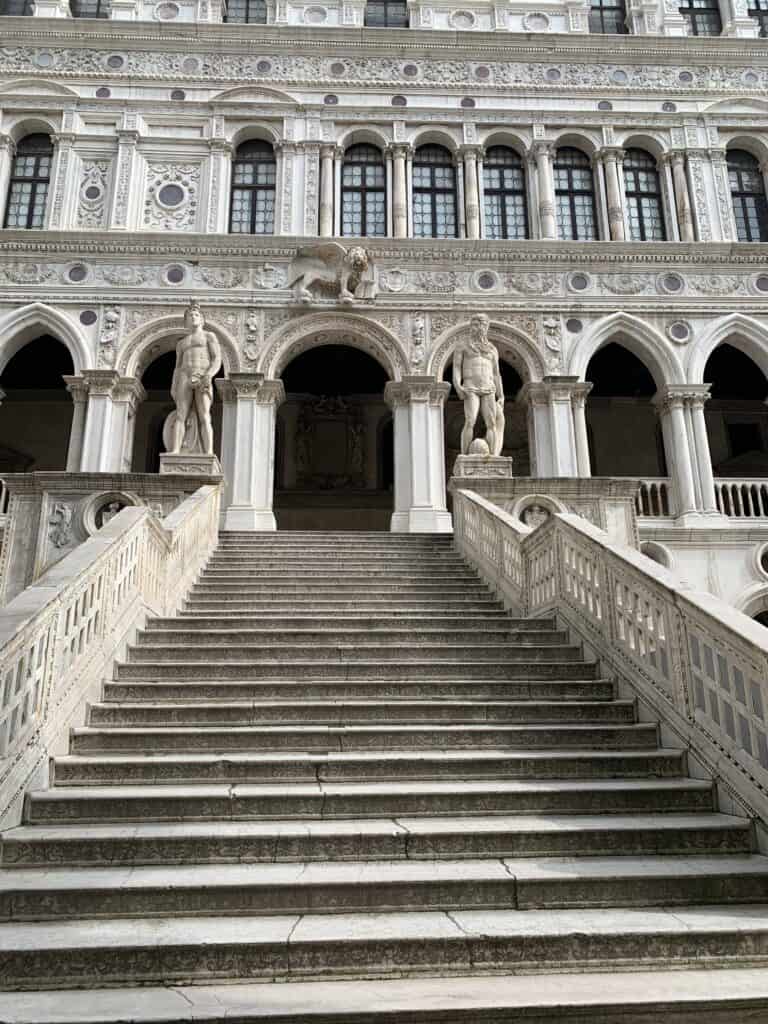
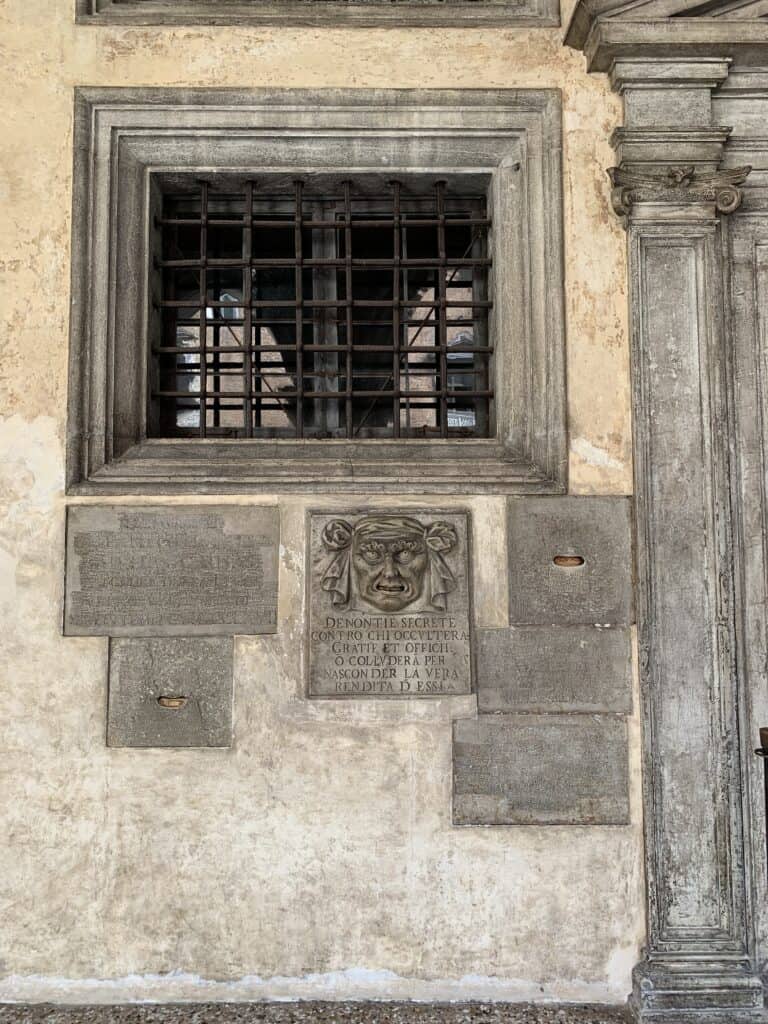
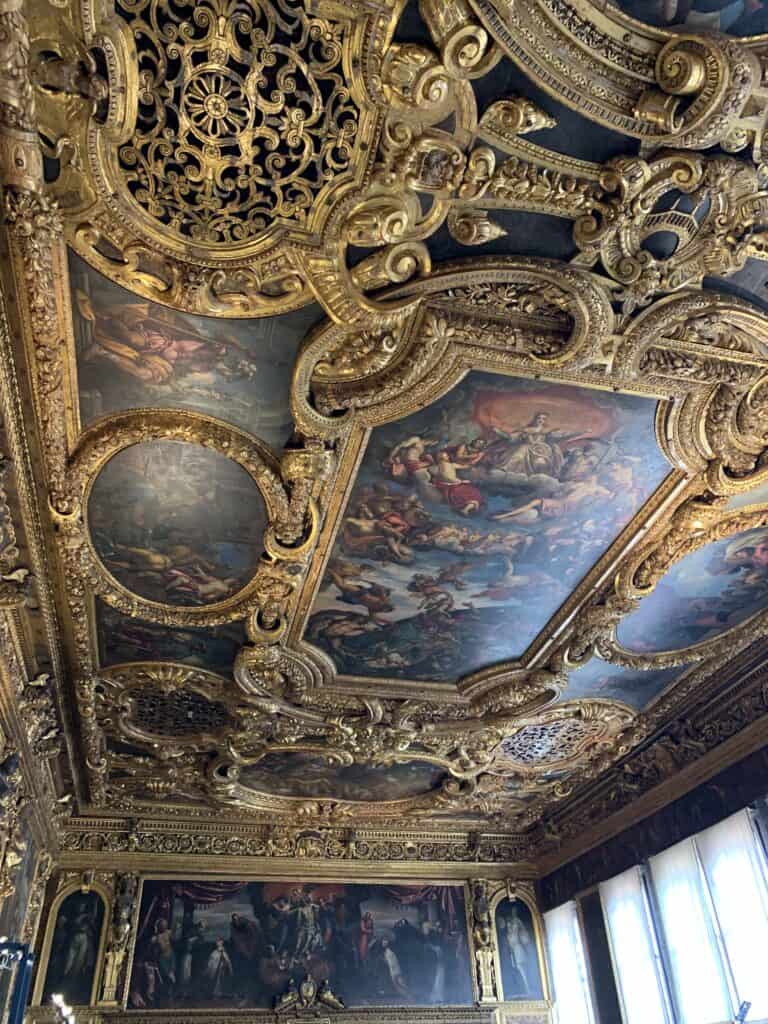
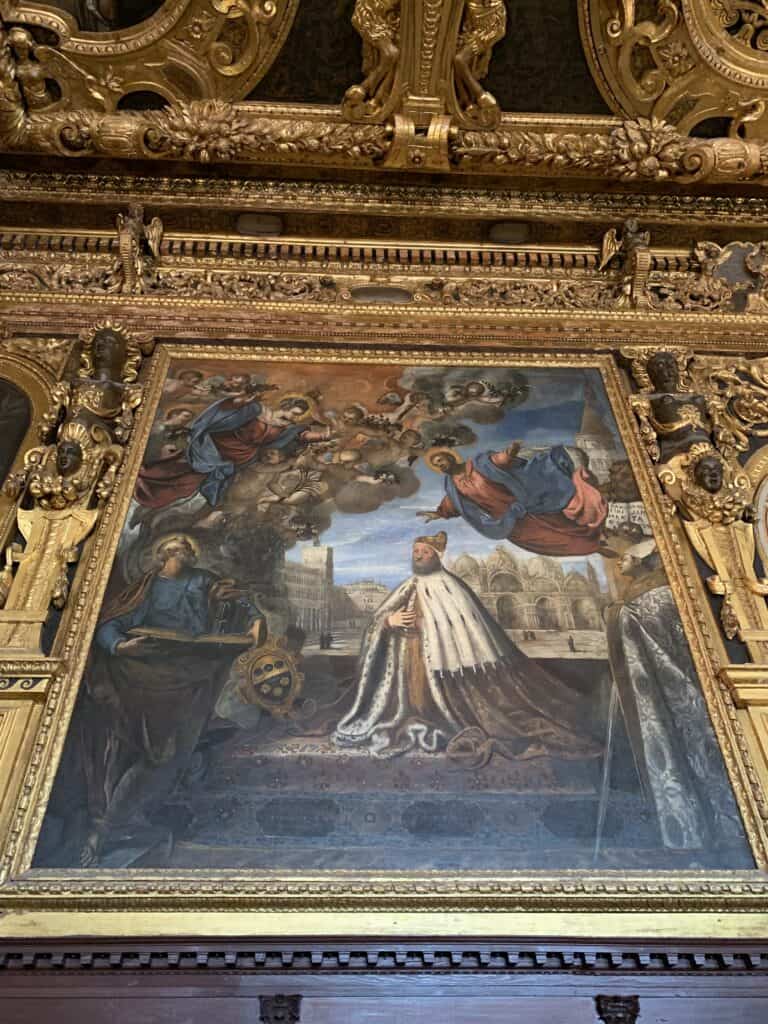
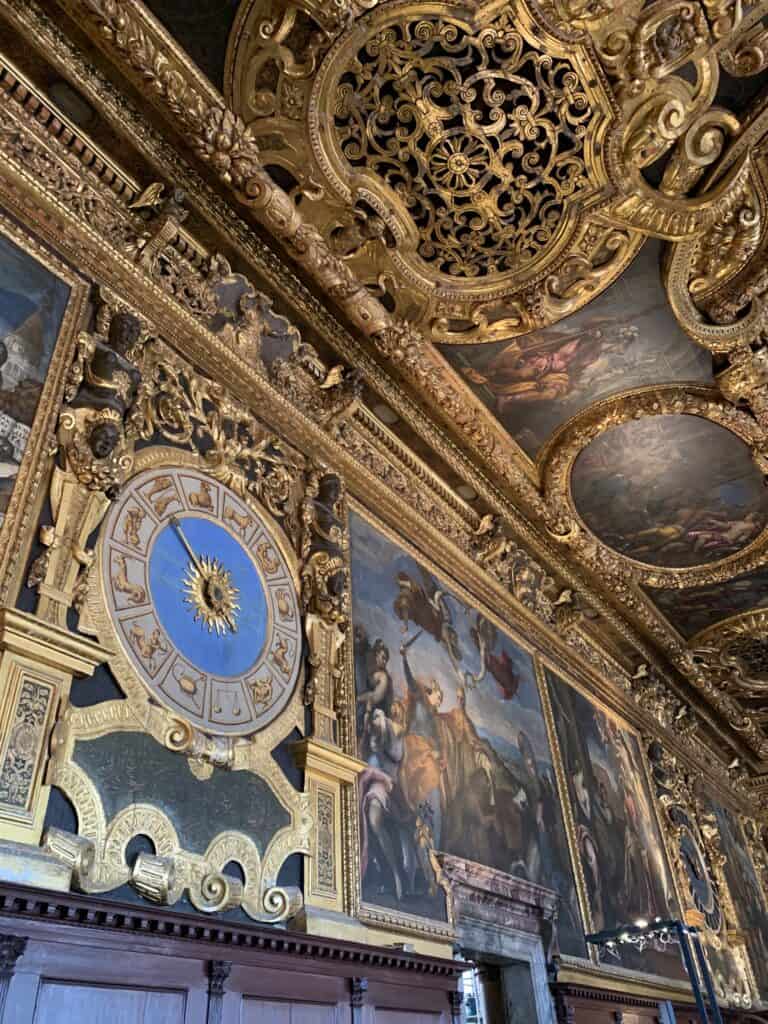
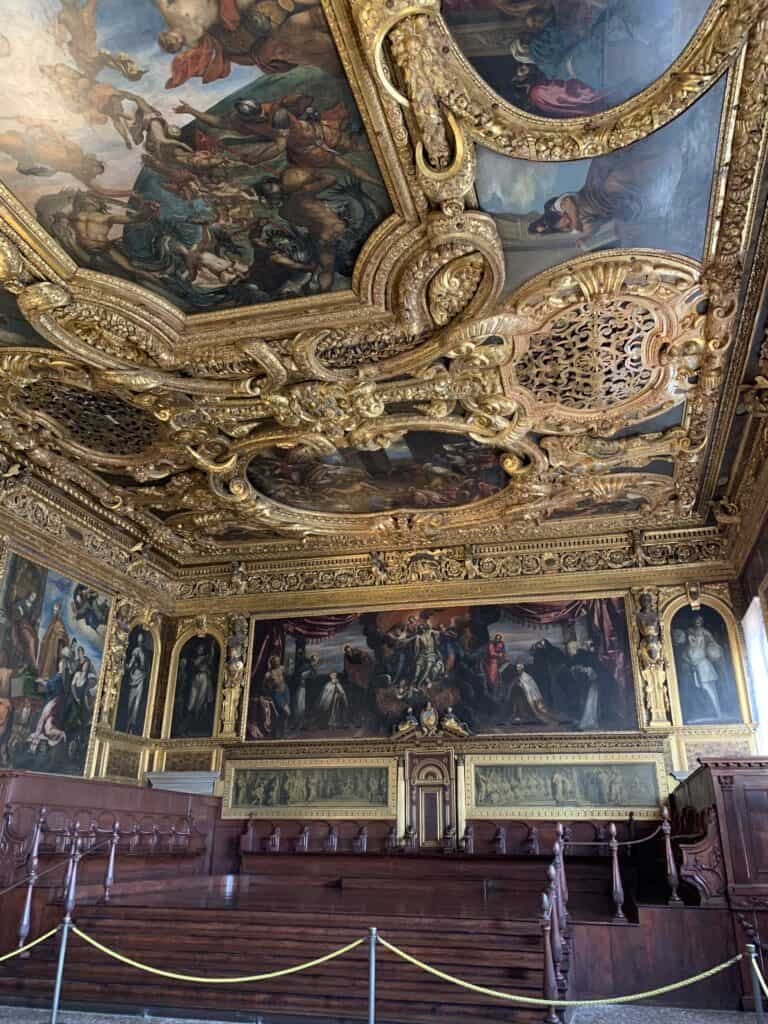

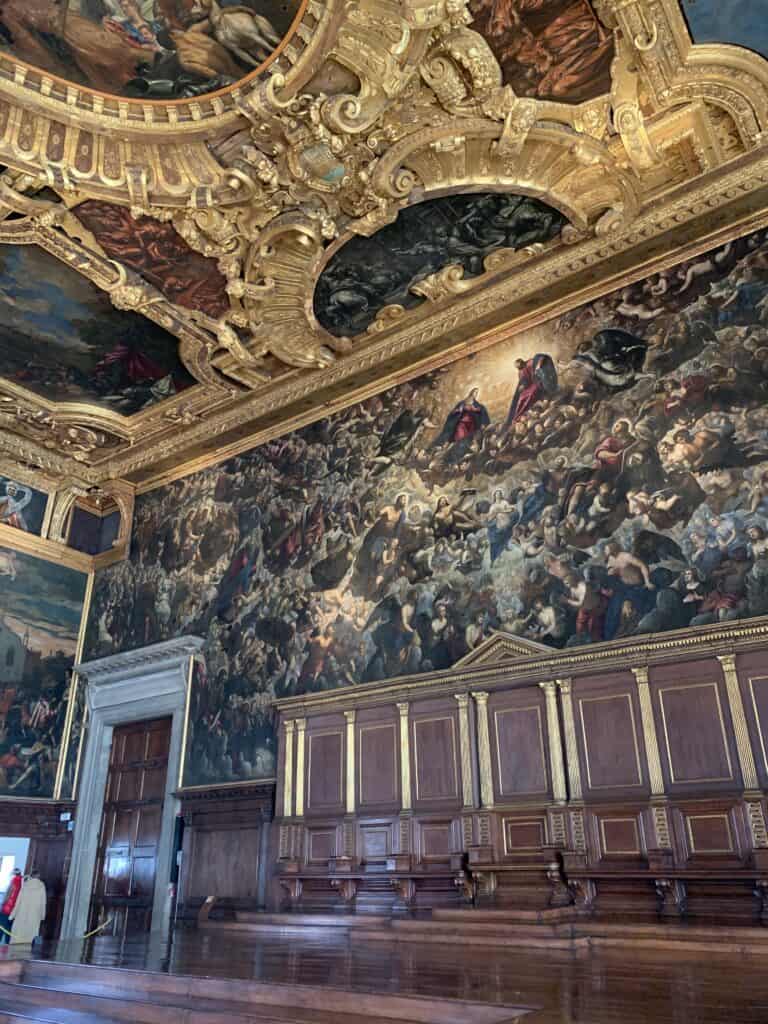
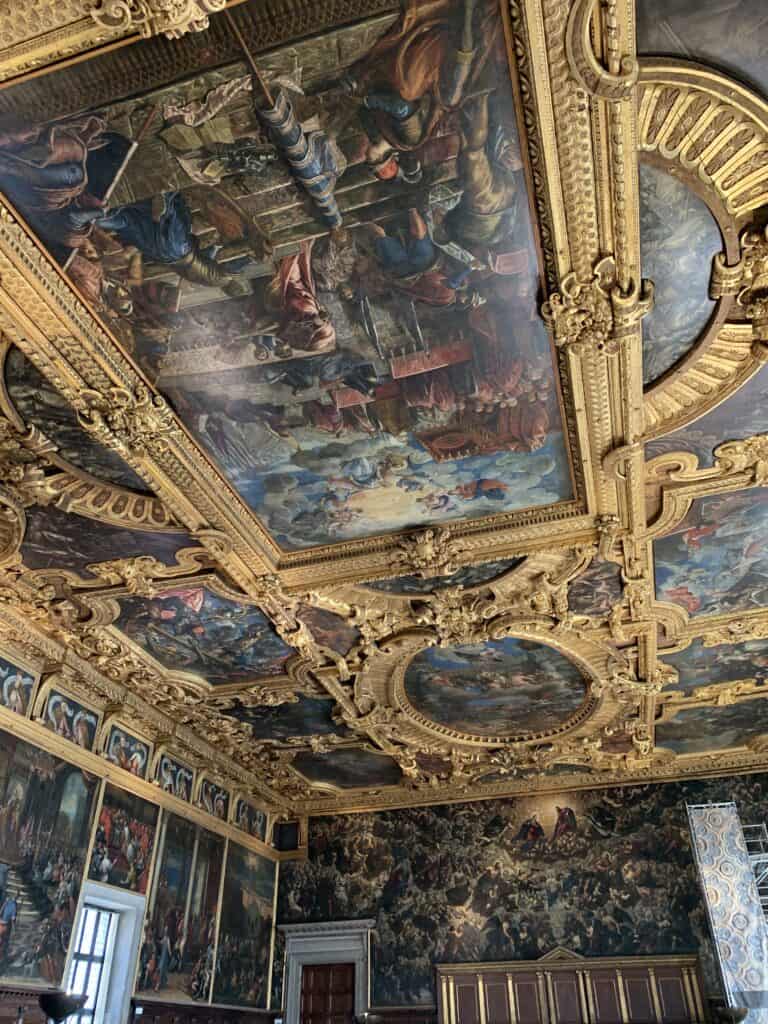
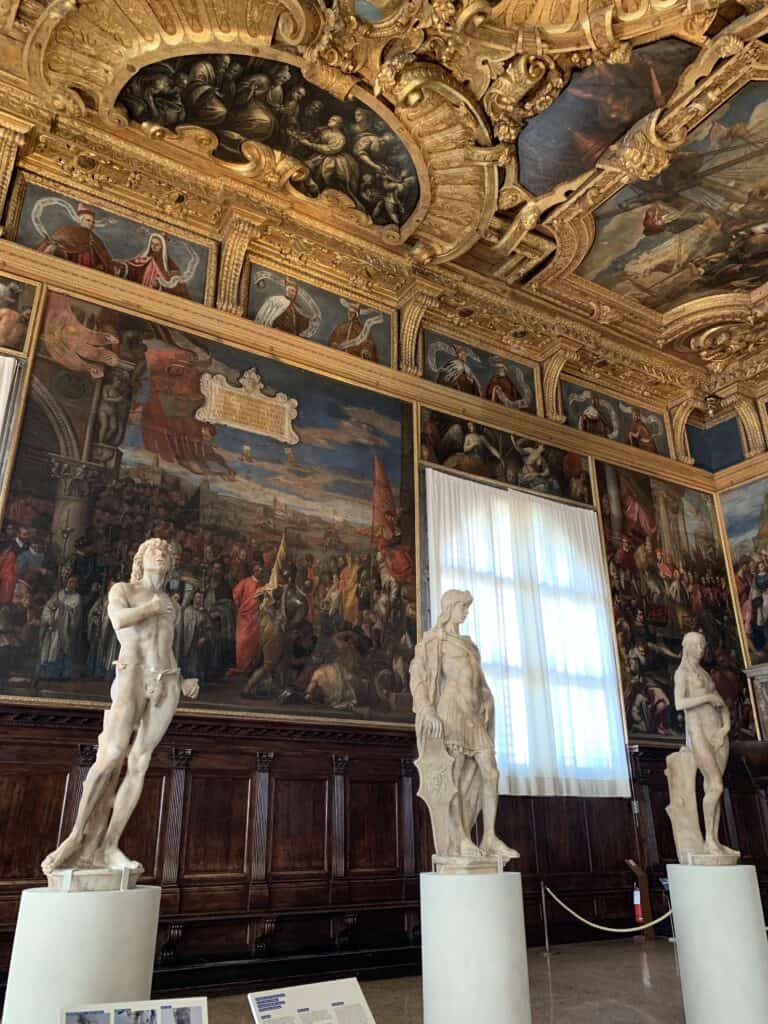
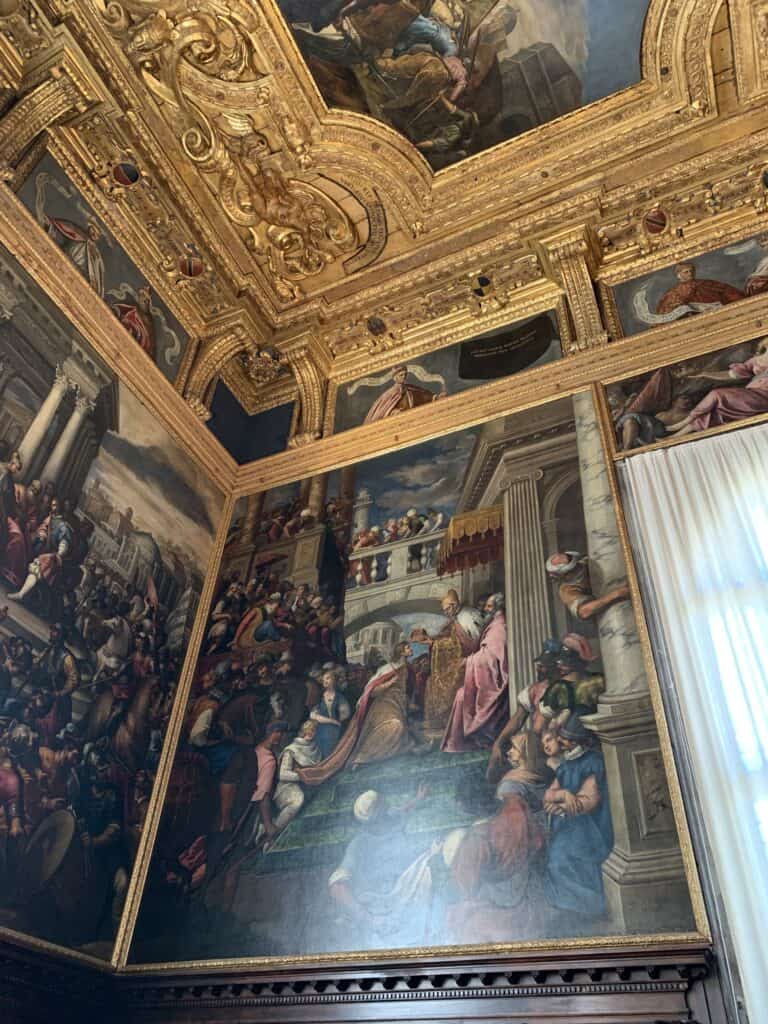
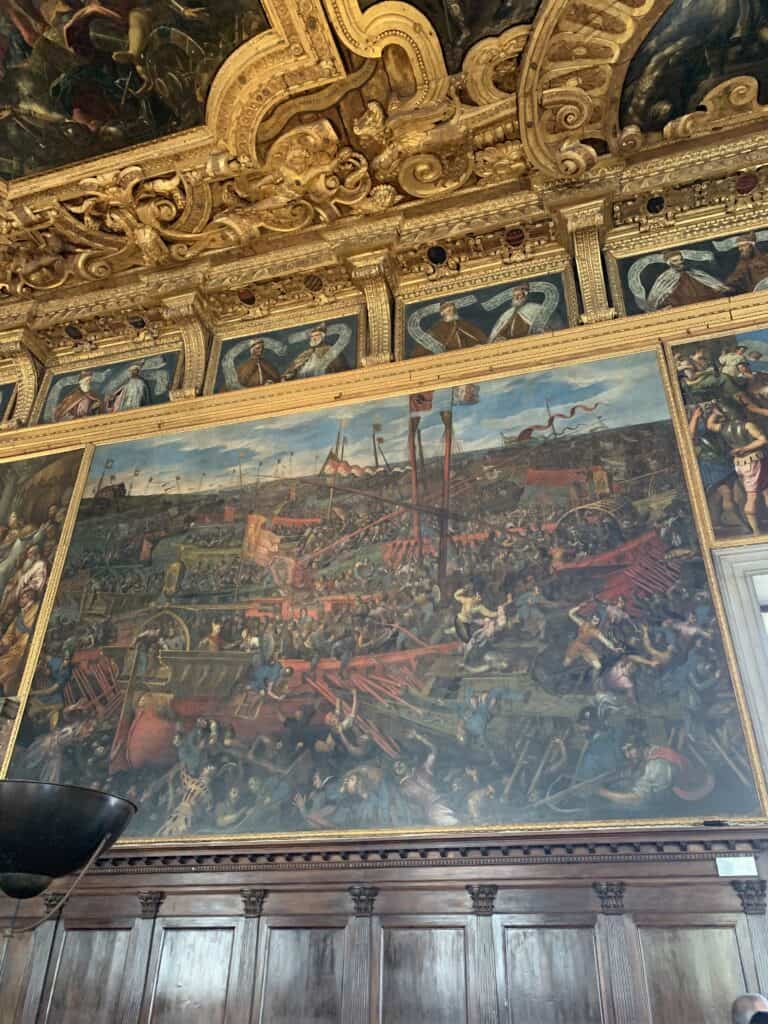
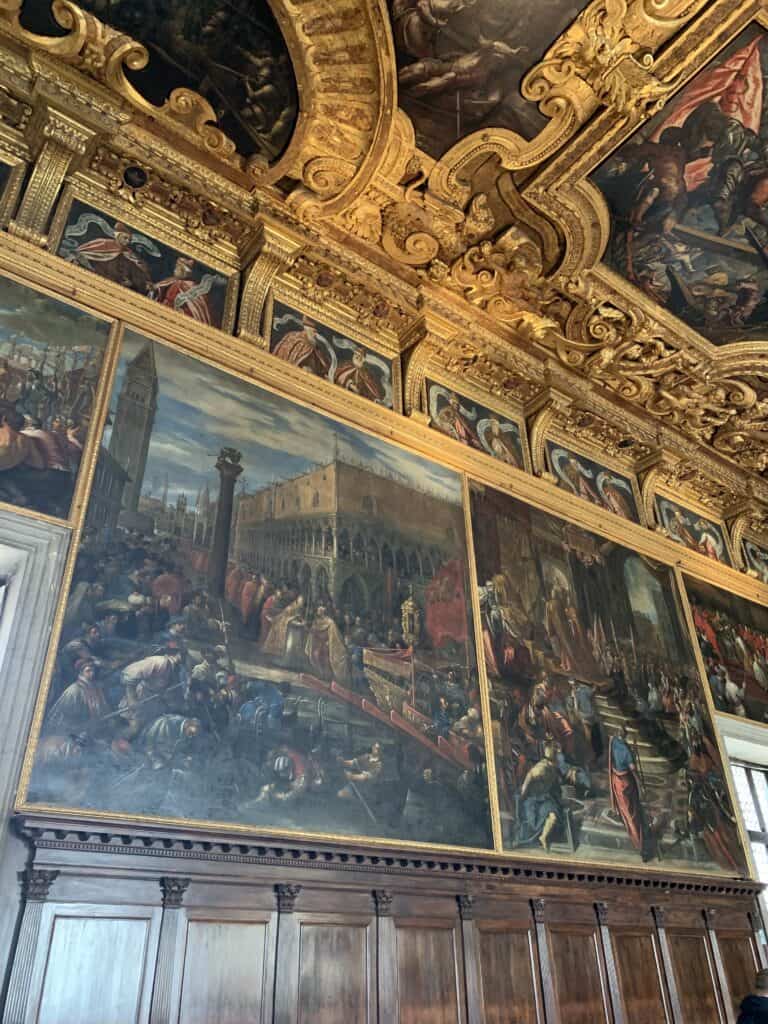

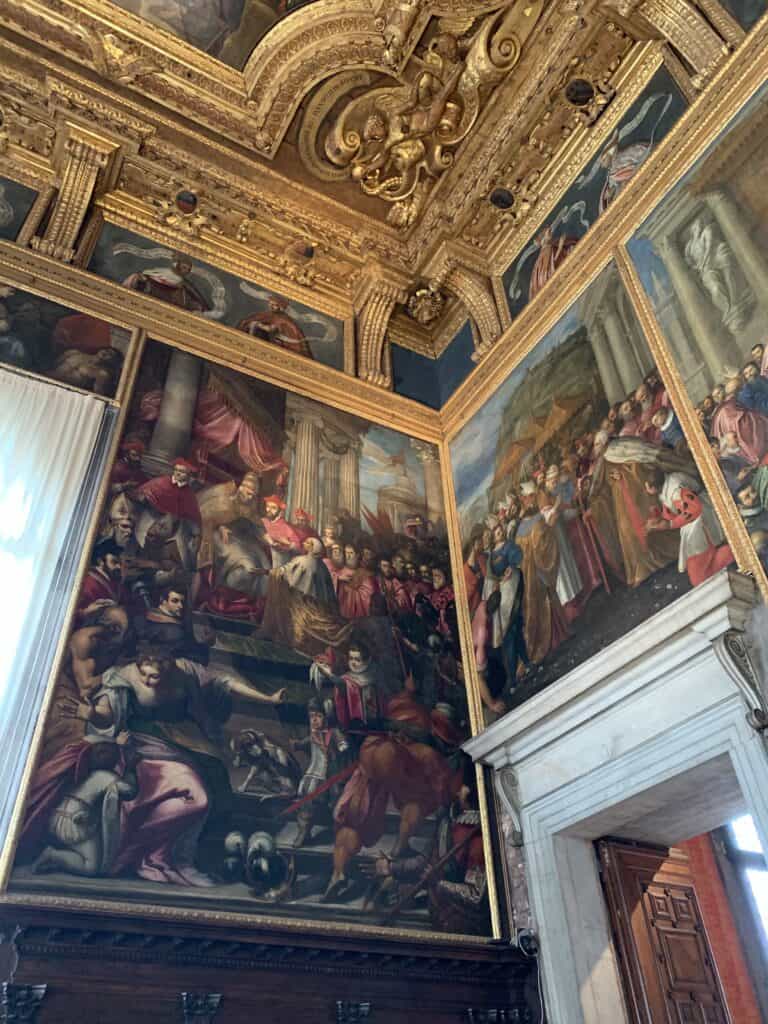

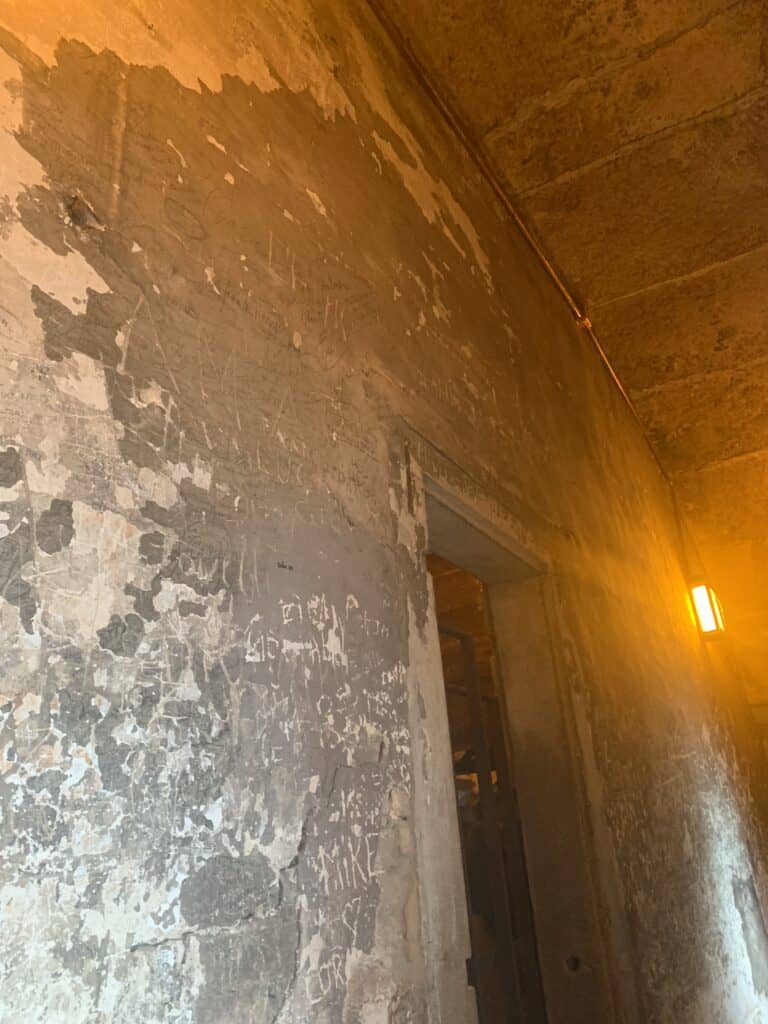
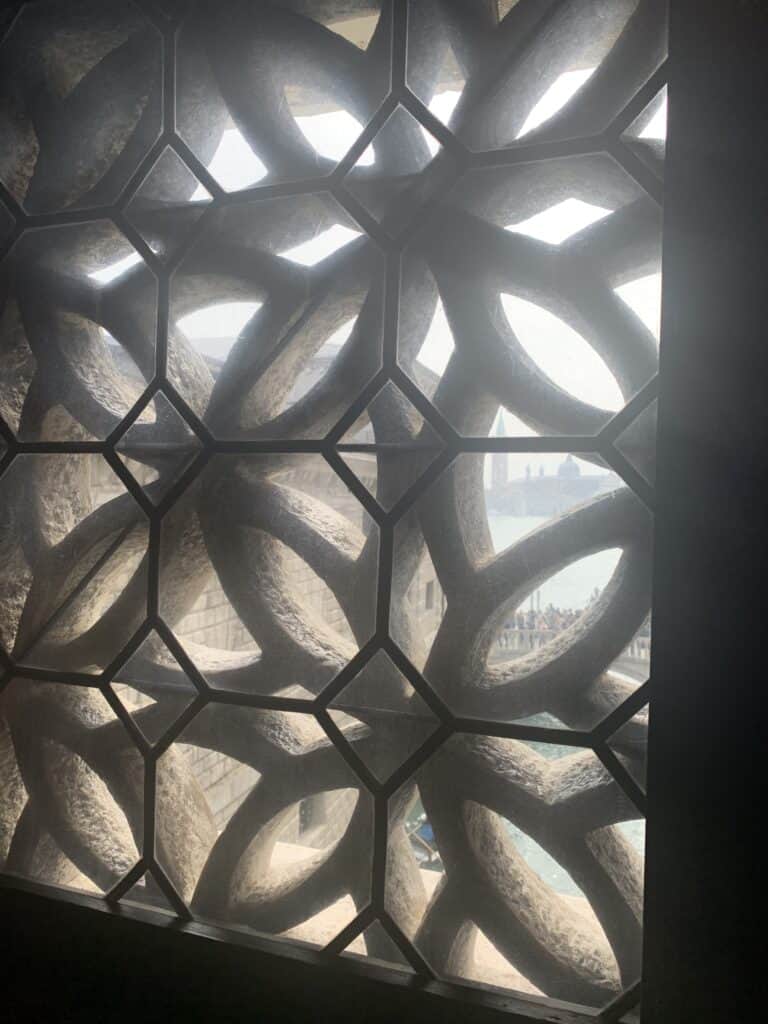
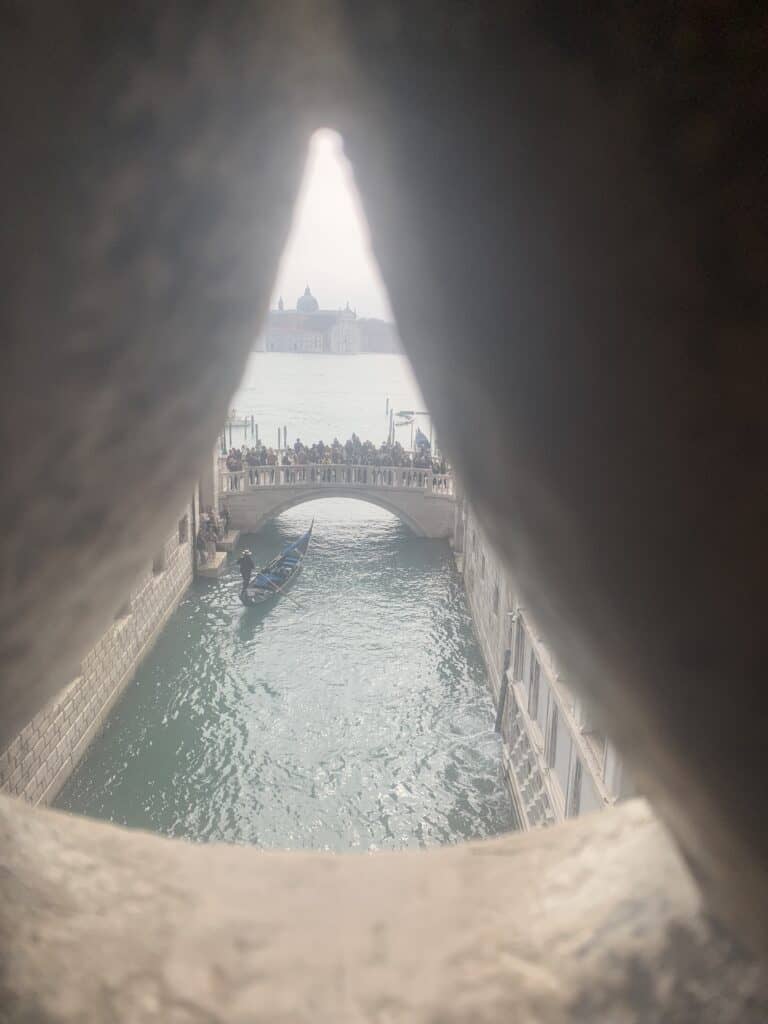
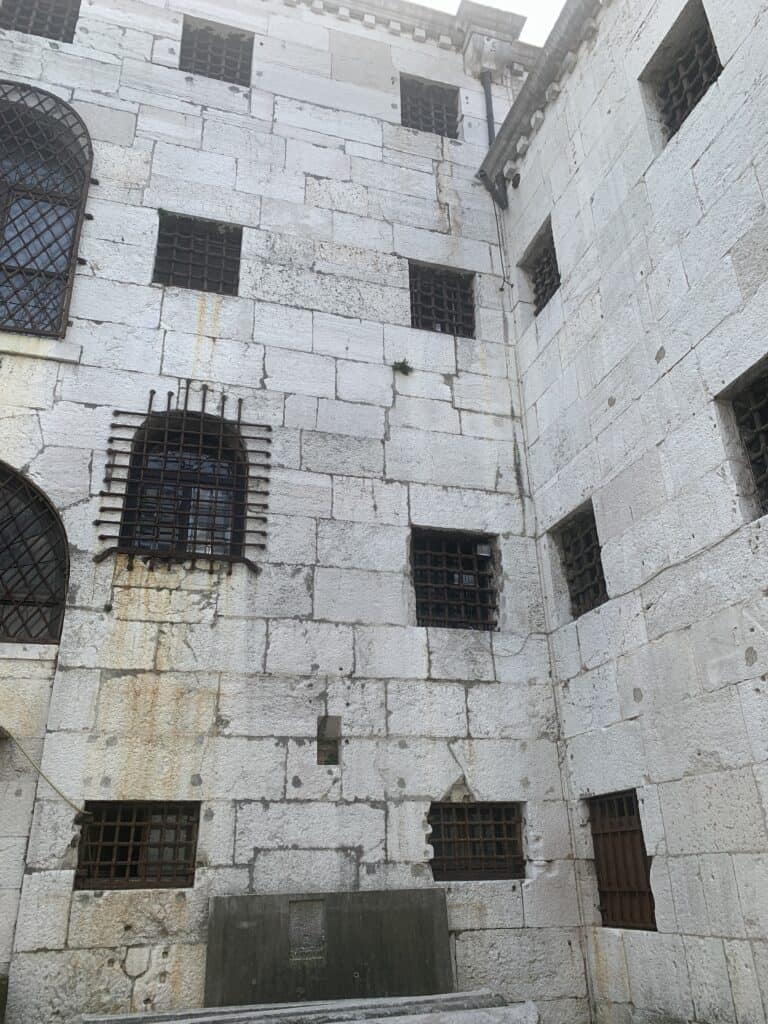

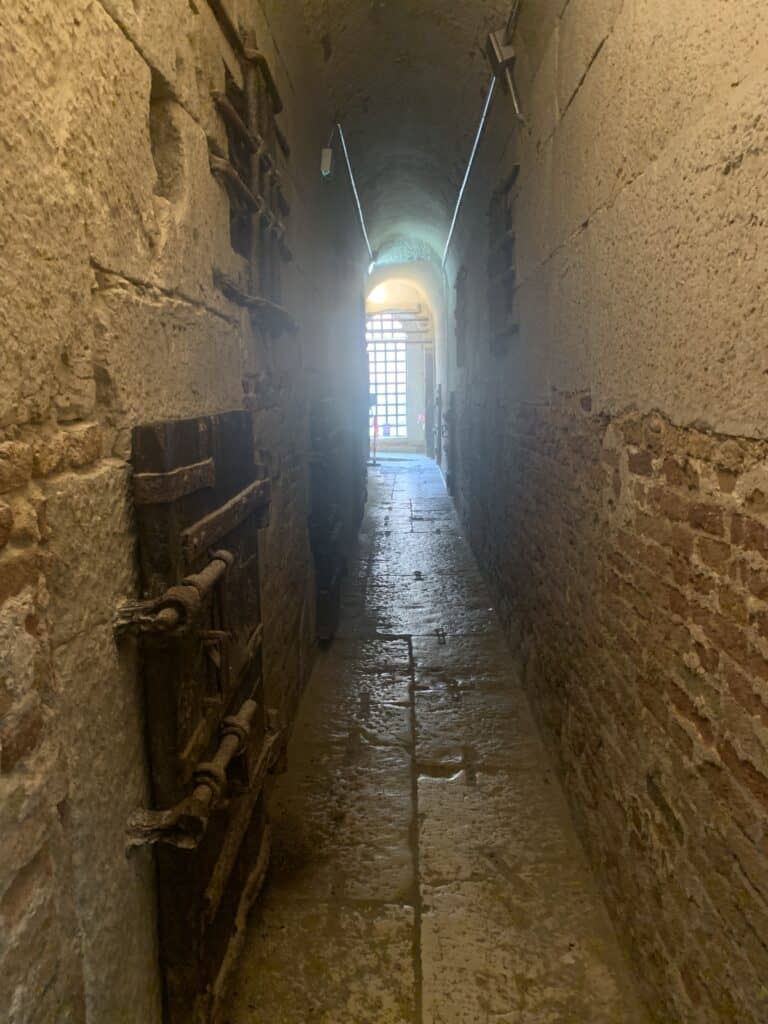
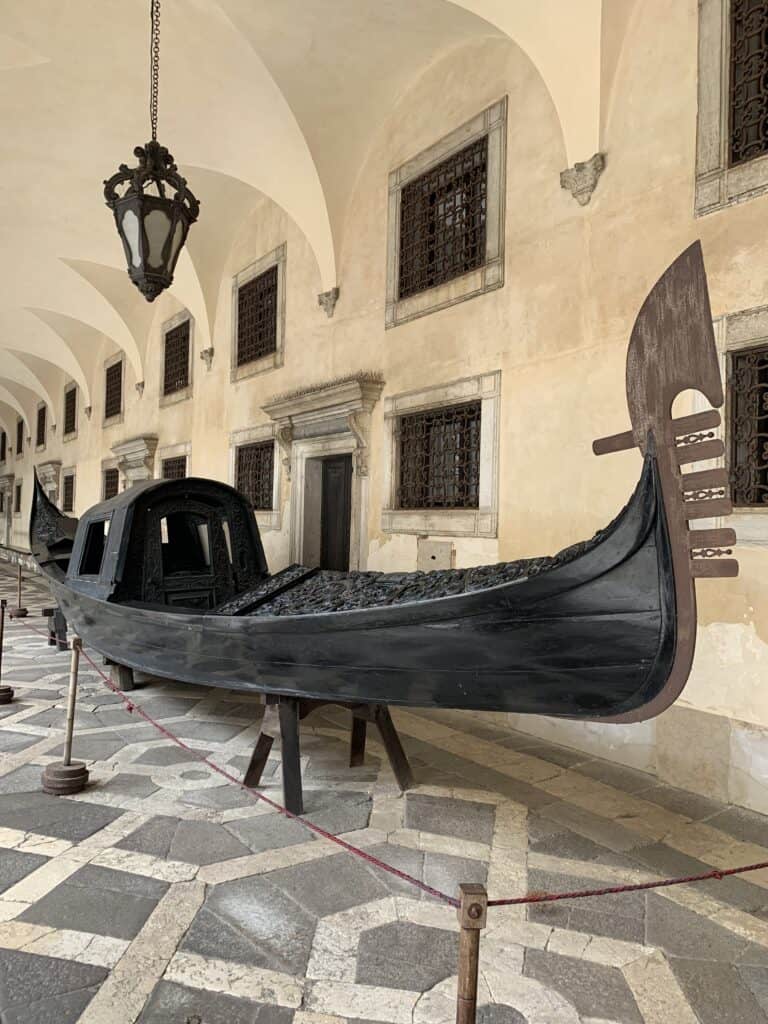
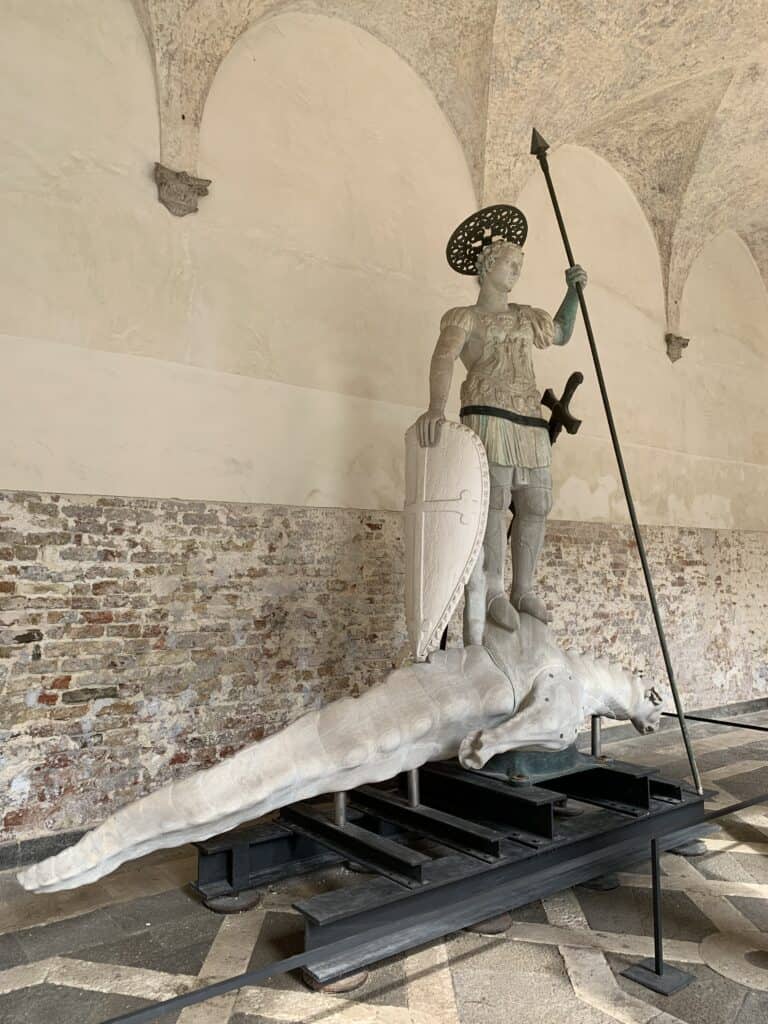
Wow, very good!
Thank you Patricia!!